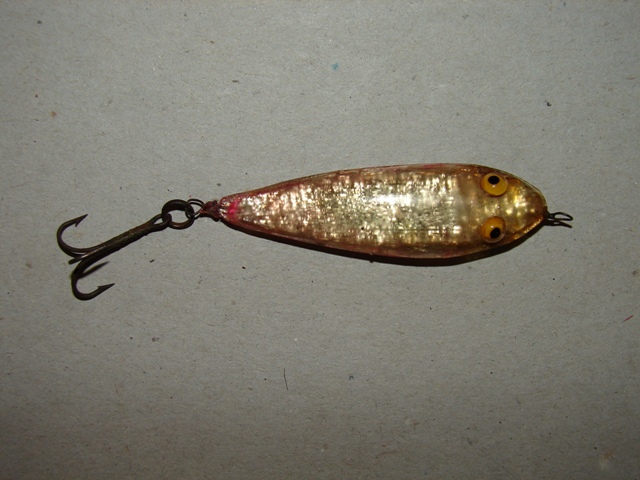October 2012
Welsherano
Stewart Welsh
Pasadena, CA
1920
At one time, ivory was used for many ornamental and practical applications. Its uses included jewelry, piano keys, billiard balls, and buttons to name a few. Due to the high cost of ivory and the availability getting less and less because of the controversial declining populations of several animals in many countries, in the early 1900s a replacement for ivory was sought.
A material that was invented around 1870 seemed to be the answer for many ivory applications, Celluloid. Celluloid was an early form of plastic and was useful for creating cheaper jewelry, decorative boxes, hair accessories, and many other items that used to be made from real ivory. Because of this, Celluloid was sometimes referred to as “Ivorine” or “French Ivory”. The main disadvantages the material had were that it was flammable and fragile when compared to ivory, but there was a huge cost savings and the material was much more available. Items made in Celluloid are collectible today and increasingly rare in good condition. It was soon overtaken by the more robust plastics such as Bakelite and more modern plastics that are still used today.
The first fishing lure that I am aware of that used Celluloid as a main material was the “Nifty Minne” minnow tube lure made in Minneapolis, MN in 1913. The first lure to use this material without incorporating live bait in the lure was this month’s “Lure of the Month”; the “Welsherano”.
This clear lure has a colored “foil” inside it and the line tie is run through the entire bait in order to secure the single treble-hook at the rear. Large yellow glass eyes were used on the larger size, but were not present on the fly-rod sized bait.
It appears this lure did not have much action in the water, but instead relied on the lure to be “played” by the fisherman. The color and flash is what attracted the fish.
Due to the short time this lure was manufactured, it is seldom seen today. While rare, this lure is not in a high demand by collectors even though I feel it has a significant place in lure making history. If you have a Welsherano lure you wish to sell, please contact me as I am looking for more for my collection.

